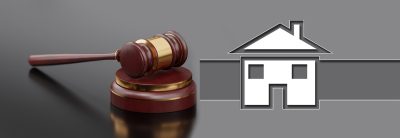Fair wear and tear refers to the reasonable deterioration in the condition of a rented property, caused by normal everyday usage while the tenant lives there. But what is the difference between wear and tear and damage, and when do landlords have a right to act to claim the cost of repairing or replacing their possessions?
Normal wear and tear
Gradual damage that you would expect to see in a property over time constitutes normal wear and tear. For example, worn carpets, faded curtains and minor scuffs and scrapes on the walls are all things that are difficult to avoid over a period of months and years.
As the NRLA points out, it’s important to note that fair wear and tear refers only to the condition and not the cleanliness of a property or item. The property should be cleaned to the same standard at the end of the tenancy as it was when the tenant first moved in.
The difference between normal wear and tear and damage
Damage caused by a tenant differs to normal wear and tear and is defined as harm that’s committed on purpose, by accident or through neglect. Examples of tenant damage can include anything from a broken toilet seat to a smashed mirror, missing door handles, holes or dents in walls.
What’s deemed as ‘wear and tear’ versus ‘damage caused by the tenant’ can be a very subjective issue, so it’s important to use some common sense and stick to the facts. Having a detailed and accurate inventory in place can be a big help when it comes to avoiding disputes over damage between tenants and landlords. An inventory should include details of all the furniture, fixtures and fittings in your property, along with their condition. It should also contain information concerning the condition of the paintwork, walls and flooring.
Ways to keep wear and tear to a minimum
To avoid a dispute when tenants move out, landlords should maintain good communication throughout the tenancy. Tenants should know how to contact their landlord so they can report any issues when they notice them.
It is also worth considering the type of tenant in order to manage your own expectations. For instance, if you rent to students you should consider furniture that is hardwearing or easily replaceable. If you allow pets in your rental property you might want to get hard floors rather than carpet.
For more information or advice, please contact us.












